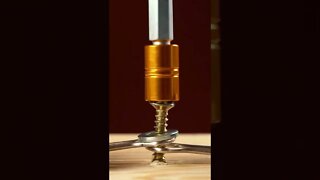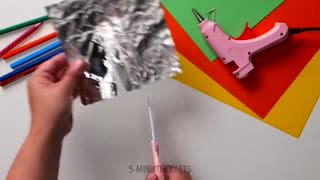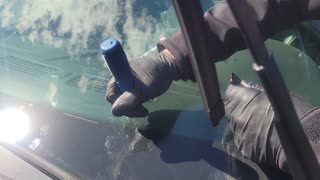Is that a CRACK? Basic skills EVERYONE should know.
Visual inspection with a light and magnifying glass is a common method used to verify cracks in various materials such as metals, ceramics, and plastics. The purpose of this method is to detect surface cracks that can lead to failure or structural damage.
The process involves examining the surface of the material under a light source and using a magnifying glass to inspect the area of interest. The light source is typically positioned at an angle to the surface to enhance the visibility of the crack. The magnifying glass is used to get a close-up view of the crack to determine its size, shape, and location.
When conducting a visual inspection, it is important to ensure that the surface is clean and free from any debris or contaminants that may obscure the crack. Additionally, the inspector should have adequate lighting and a clear view of the area being inspected.
Visual inspection with a light and magnifying glass can be a reliable and cost-effective method for verifying cracks in materials. However, it may not be suitable for detecting cracks that are too small to be seen with the naked eye or those that are located beneath the surface. In such cases, more advanced non-destructive testing methods may be necessary.
-
 0:11
0:11
GeorgeKnowsShares
1 year agoHacks that actually works tools😄👌.#tips #how #knowledge
4 -
 14:31
14:31
Hack4Life
1 year agoHacks For Everyday Problems
13 -
 2:19
2:19
NowYouKnowEnglish
4 years agoTop 5 Ways To Crack An Exam
3.54K -
 0:49
0:49
RedpillUSAPatriots
1 year agoHe Cracks Me Up 😂
7194 -
 15:41
15:41
Inventor1260
1 year agoCrack Windshield Repair
16 -
 2:19
2:19
NowYouKnowEnglish
4 years agoTop 5 Ways To Crack An Exam *
7 -
 4:31
4:31
EndTimesTV
1 month agoPicking Up Broken Pieces....
412 -
 1:17
1:17
Video journal of a fickle-minded individual
3 years agoCutting glass
2 -
 13:11
13:11
Woodgears.ca
2 years agoWhat I learned from breaking 100 pieces of wood
-
 0:21
0:21
Sajanctkhu
9 months agoRock breaking tools
4